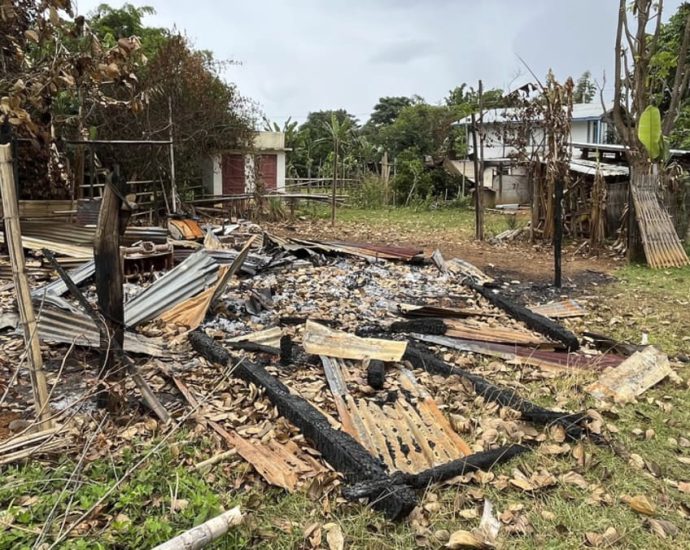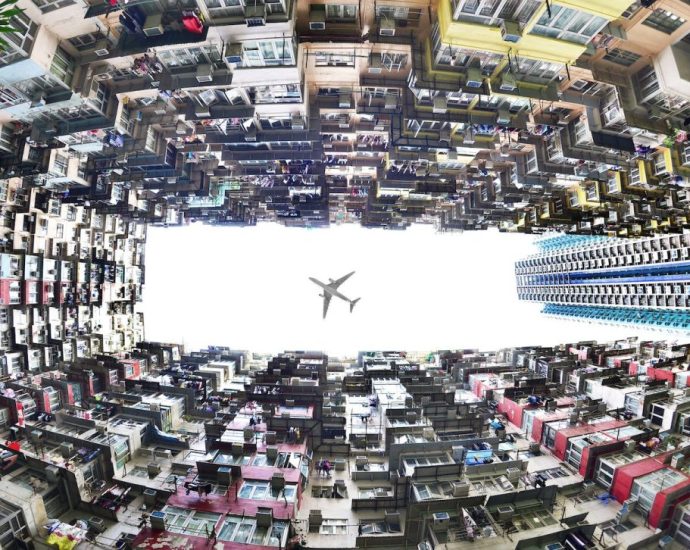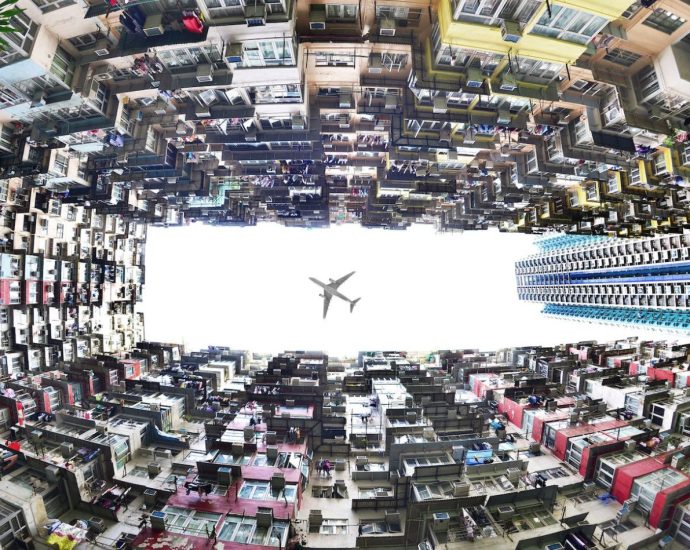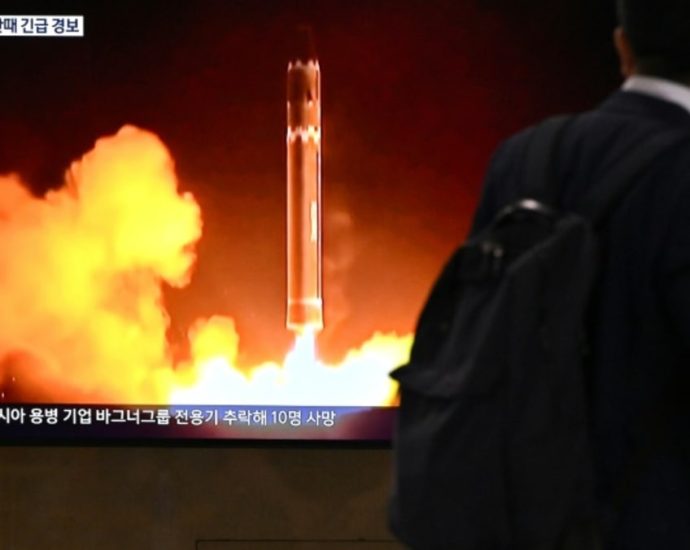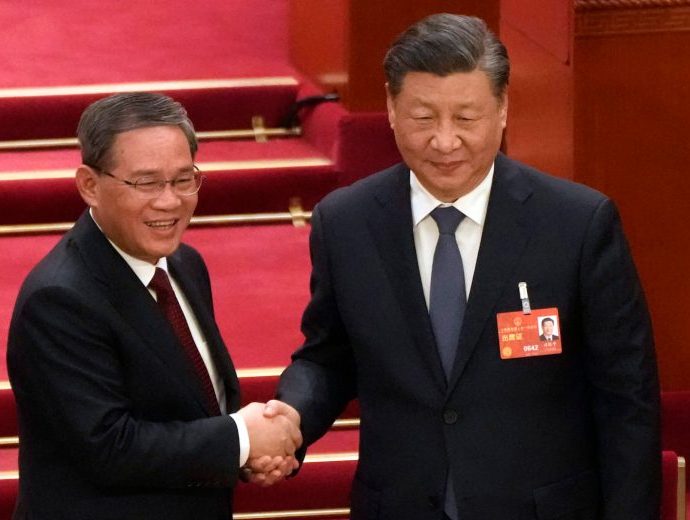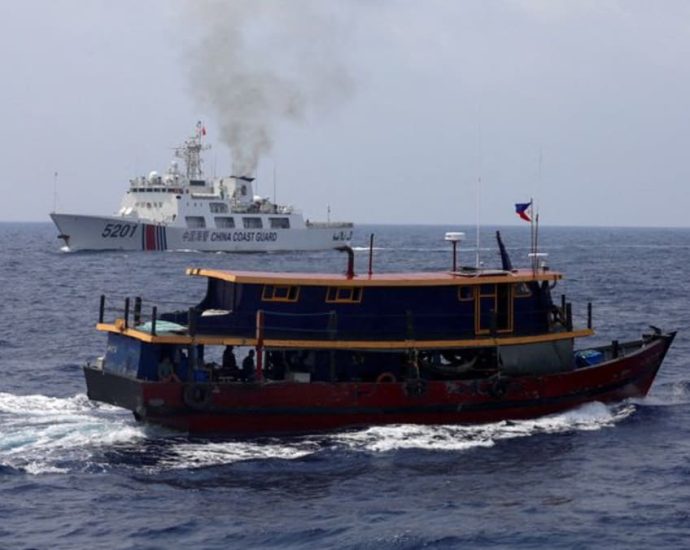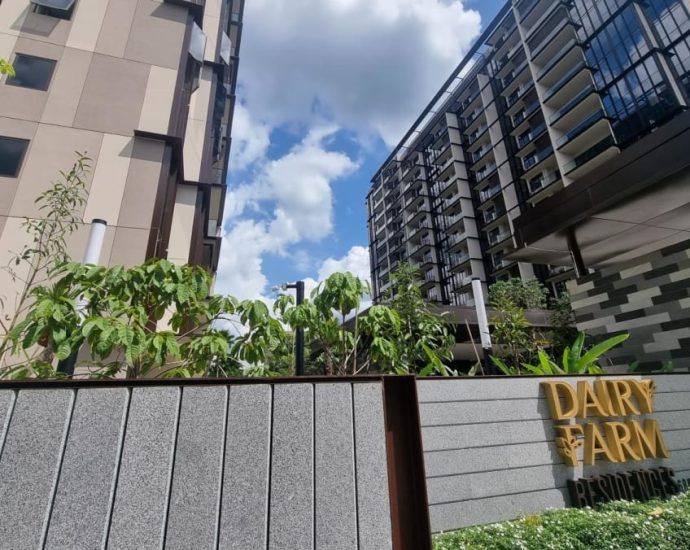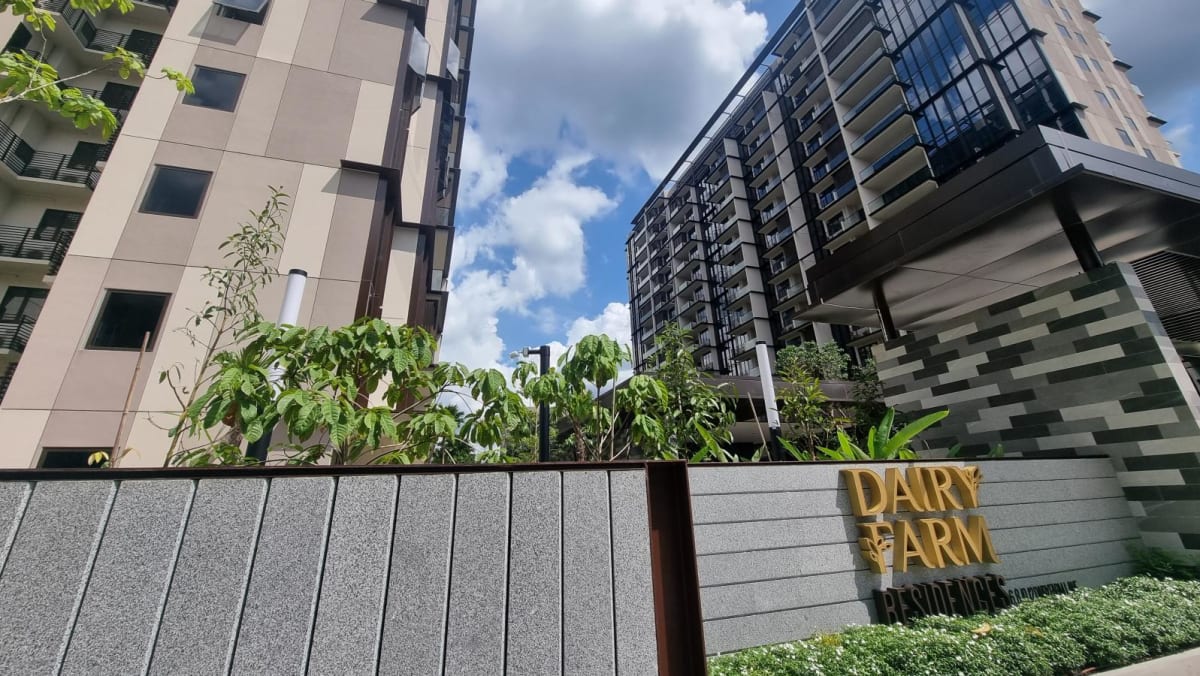CelcomDigi continues with efforts to assist local MSMEs digitalise their business
Workshop supports MSMEs with tools for digital transformation
Final MY5G SME Digital Workshop is scheduled for Dec 6 in Sabah
CelcomDigi Bhd held the second edition of its MY5G SME Digital Workshop in Alor Setar recently. Designed to provide micro and small enterprises (MSMEs) the opportunity to learn and identify suitable technologies and digital…Continue Reading


